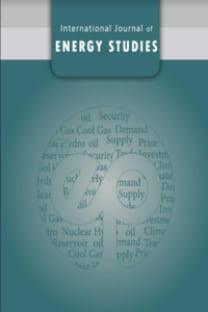Did Arab Upheaval Change The Energy Game Or The West Still Have An Edge On It?
It all started in Tunisia on 18 December 2010 and reordered many countries in the Arabic Geography. Whereas some governments could not manage the upheaval and collapsed, some others had to face heavy civil disorder-protests and occurrences of necessary governmental reorganizations.Many experts have studied and further analyzed the whole aspects of this Arab Spring by the sight of economics, military, sociology, religion and global politics. Obviously, there are definite changes in reorders of those affected countries and so their presence in the globe requires new policies. As a short note, today’s world largely depends on energy politics because they seem to play a key role in determining global policies. From a point of view, it is unclear why nobody has yet reviewed results of the Arab Spring through the sight of energy policies. It is a good idea to note that if not all, most of these countries are definitely oil producers and their folks crave for democracy, which indeed has taken too many lives to owe. Was it worth taking the initiative and walking the democracy line with heavy loses and uncertain future due to lack of knowledge and control over militia groups? Maybe, those folks had no idea about the outcome but the West knew about how hard the transition would be. Major oil companies like to have the edge to act independently or run their international affairs as smooth as possible. They would prefer surpassing governments and their laws to extract and sell oil from known commercial reserves. Or perhaps, their preference would be causing some changes that are essential as far as who controls the laws or the oil markets in such countries.Understanding the causes of the Arab Spring, the outcome of collapses, rebuilding and highlighting the effective changes in energy politics, balance and role of key oil players in Africa and Middle East will help determine how global politics have been reshaped over Arabic upheaval. To do that, all current import and export rates of the due countries, existing reserves, production and infrastructure of exports, international investors and companies in the region and important projects will be considered. In addition, pre-Arab Spring Era situations will be compared with the current values and changes in energy games will be identified.
___
- U.S. Energy Information Administration, “International Energy Data and Analysis”, 2015.
U.S. Energy Information Administration, “Country Report: The Middle East”, 2015.
BP Statistical Review of World Energy 2014, “Excel Workbook of Historical Data”, 2014.
IHS Energy, “IHS GEPS Reports – The Middle East”, July 2015.
